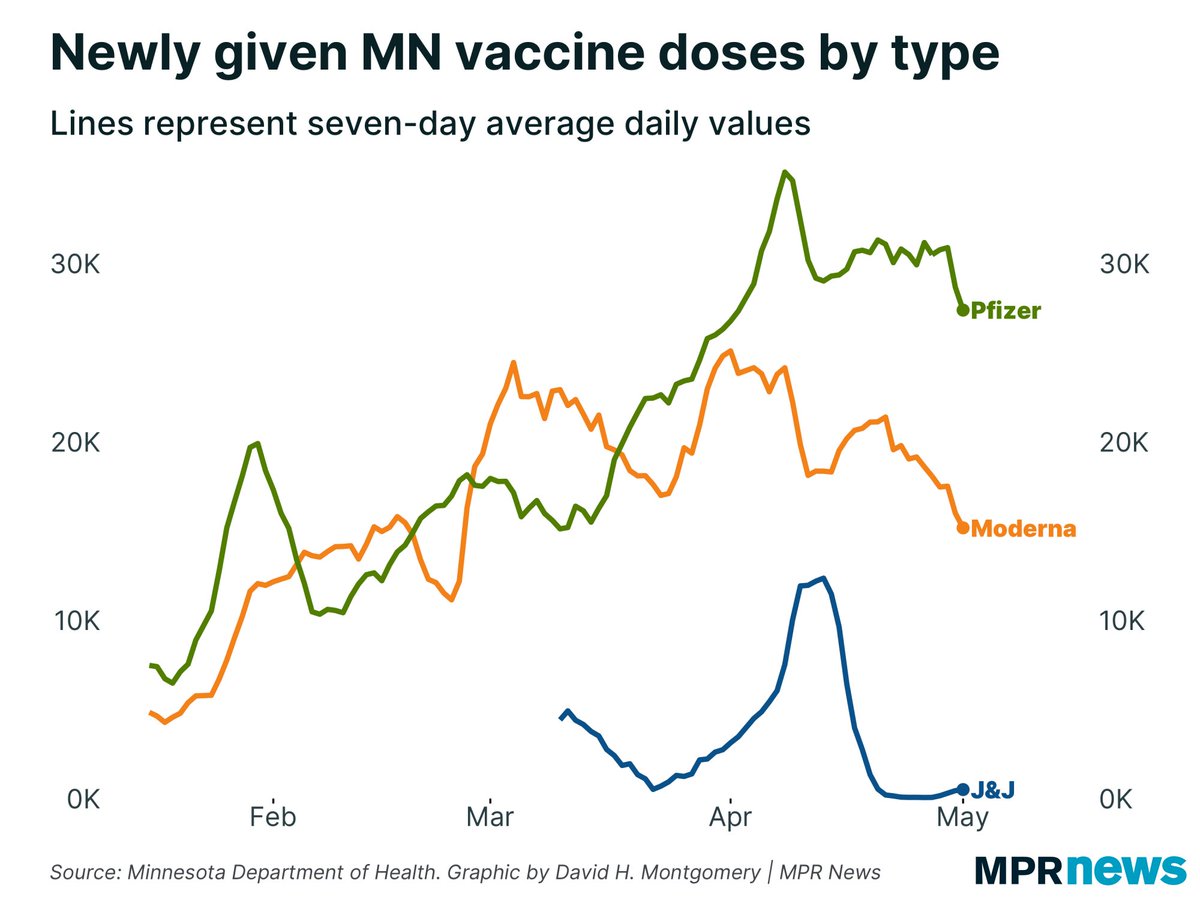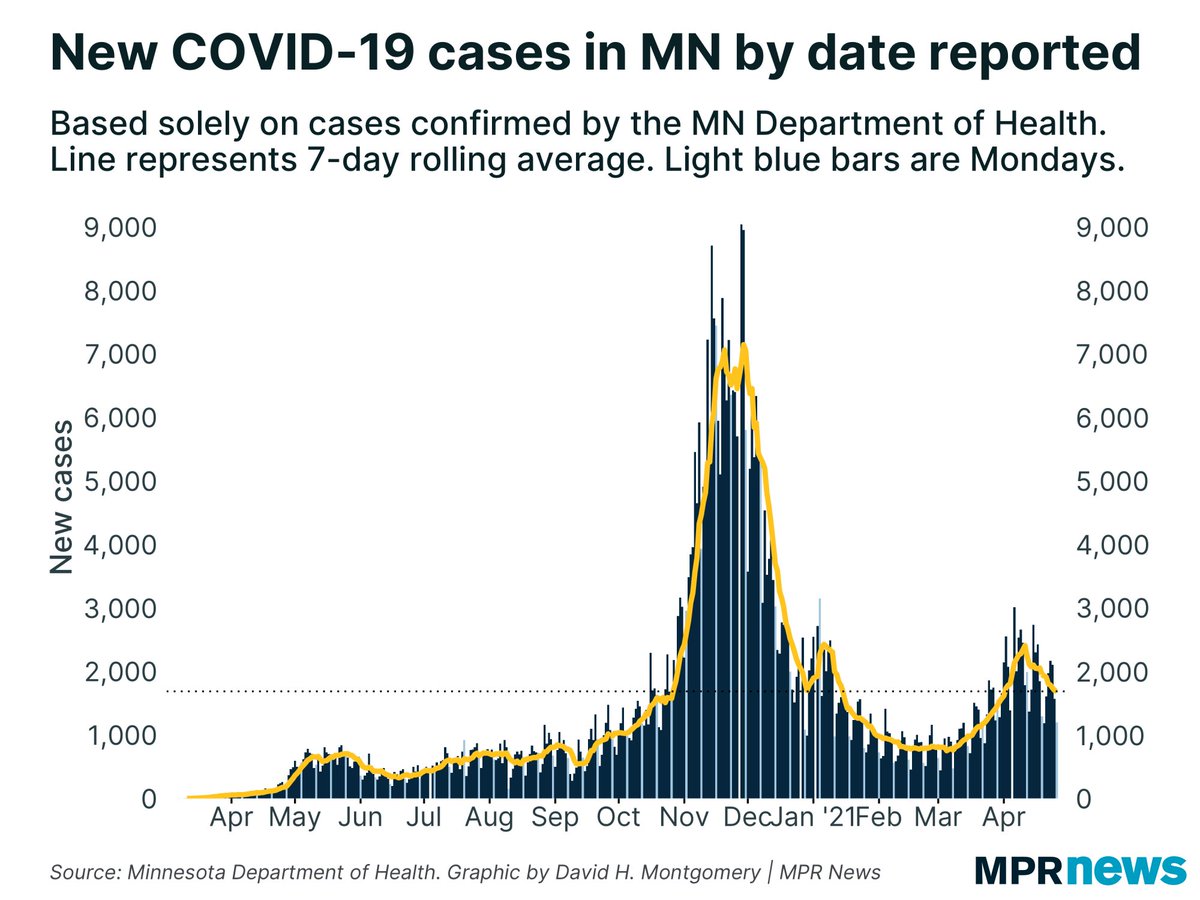
1/ I’ll reiterate what I said about this dataset a few weeks ago. You should take this data with a huge grain of salt (though not necessarily dismiss it ENTIRELY), because of one warning sign you can see below: radical discontinuities along state lines.
https://twitter.com/AdamUren/status/1389188406731706371
2/ Here’s how this data was constructed: they surveyed a whole lot of people about vaccine hesitancy, and then they used demographic characteristics of those people to extrapolate to the entire population. Relatively standard technique, but with some obvious pitfalls.
3/ Here are the variables HHS used in their model: "age, gender, race/ethnicity, education, marital status, health insurance status,
household income, state of residence, and interaction terms between race/ethnicity and having a college degree."
household income, state of residence, and interaction terms between race/ethnicity and having a college degree."
4/ You’ll notice that one of those factors is “state of residence.” That is, if residents of a particular state, such as Minnesota, were unusually likely to tell the original poll they wanted a vaccine, the model treated “being from MN” as a factor associated with pro-vax views.
5/ The idea that MN is more pro-vax overall than its neighbors is plausible. But the idea that rural counties in NW MN are drastically more pro-vax than their neighbors right across the Red River in ND? That should give you pause.
6/ Additionally, while this map is on the county level, the actually data is on the level of the “Public Use Microdata Area,” a little-known Census geography of around 100K people each; in rural areas it’s groups of counties, in urban areas it follows city/neighborhood lines.
7/ I said take this model with a grain of salt, not dismiss it entirely. So what CAN you use?
1. The data at the state level is almost certainly more reliable than on the sub-state level. Here’s a chart I made showing vaccine hesitancy rates (when it was done in March)
1. The data at the state level is almost certainly more reliable than on the sub-state level. Here’s a chart I made showing vaccine hesitancy rates (when it was done in March)

8/ Second, if you want to use data at the sub-state level — the principal appeal of this dataset! — then look at the data only within a single state, since state lines are a distorting variable here). And focus less on the absolute values of hesitancy than on relative levels.
9/ If you’re interested in my original analysis of this data from April 14, I wrote about it in my @MPRnews #COVID19 newsletter: view.connect.mpr.org/?qs=acb5804de0…
@MPRnews 10/10 And if you want more analysis like this of #COVID19 data, especially as it relates to Minnesota, subscribe to my newsletter here! cloud.connect.mpr.org/mprnews_covid
• • •
Missing some Tweet in this thread? You can try to
force a refresh











